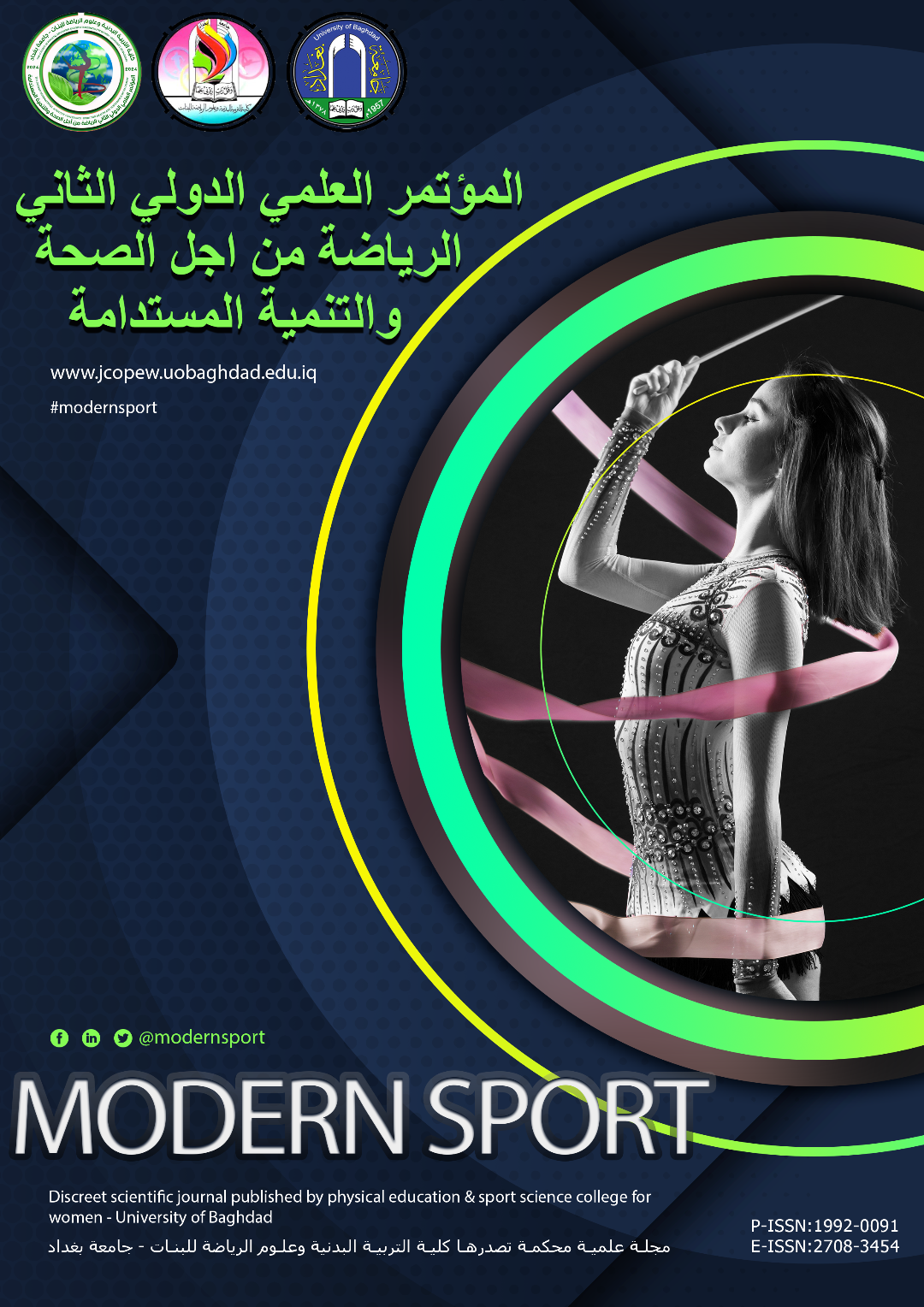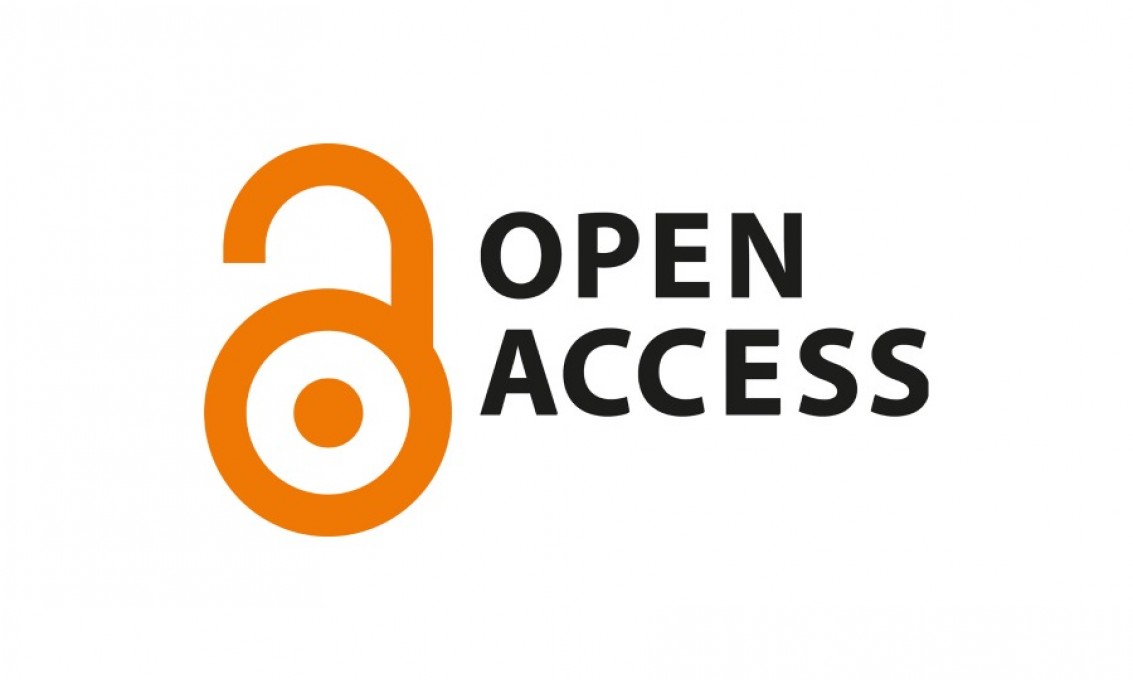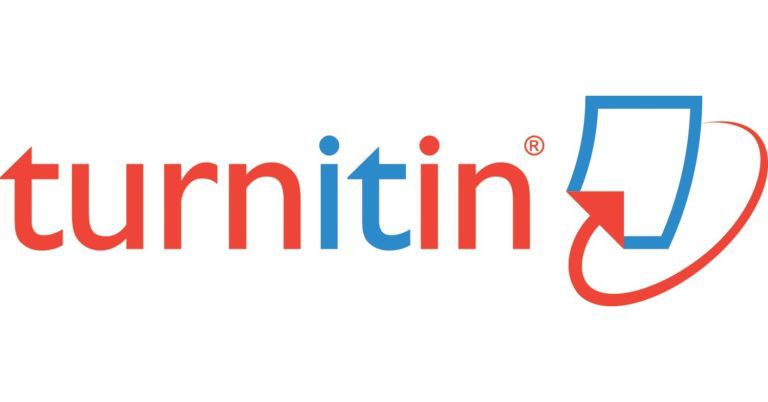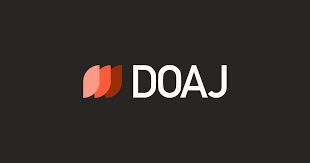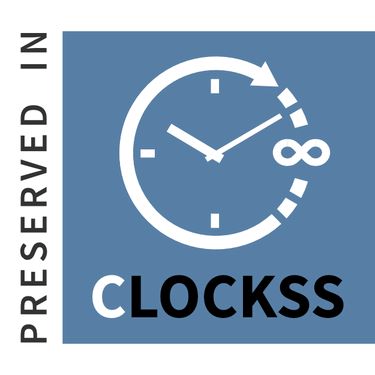The effect of physical effort training on developing some physical and physiological abilities and achievement of men's 200m runners
DOI:
https://doi.org/10.54702/ggvbnm28Keywords:
physical effort training, physical and physiological abilities, 200-meter achievementAbstract
The importance of the research lies in the effect of physical effort training in developing some physical and functional abilities by employing the training program, which leads to physical adaptation and raising the level of physical efficiency. Through the experience of the researchers, it was noted that many runners suffer from a lack of use of some special exercises in distributing training loads for maximum speed and strength. Muscle muscles, how they interact and balance, and the mutual relationship in the various stages of preparation and proportions in their training program, as well as the lack of use of functional tests that depend on studying the changes that occur within the body, as standardized exercises were prepared and laboratory equipment and supplies were used in the sports field, which give the real indicator of evaluating the condition. Runners, the experimental program was used in the research procedures. The research sample was tested intentionally from runners in the 200 meters competition for men in the Iraqi country, and their number was (12) runners. The sample was divided into two groups, an experimental group and a control group, and each group had (6) runners. The most important thing that was concluded There is a positive effect of physical effort training in developing some of the physical and physiological abilities and achievement of men's 200m runners, and the researchers recommended adopting periodic tests in functional physical variables and the extent of knowing the changes in them.
References
- Fahem Abdul Wahid Easa. (2021). The Effect of Lactic Endurance Training on Developing Speed Endurance, Lactic Acid Concentration, and Pulse after Effort and Achievement for 1500m Junior Runners. Annals of the Romanian Society for Cell Biology, 25(6), 10008–10013. Retrieved from http://www.annalsofrscb.ro/index.php/journal/article/view/7335
- Yorgan , Schiffer , ( 2010) sport-science research and training center , N.S.A by I.A.A.F.
- Ralph E. steben , (2008) Track and field, An administrative Approach to the science of Coaching , U.S.A.
- Bush,Jim , ( 2010) Dynamic ,Track and field .Allyh and Bacon Inc,U.S.A. 4
- Israa Kamil Hasan, & Asmaa Hameed Gambash. (2023). The effect of exercises in both high and repetitive interval training methods to develop speed endurance, strength endurance, and the achievement of 400 meters’ hurdles under (18) years old. Modern Sport, 22(1), 0078. https://doi.org/10.54702/ms.2023.22.1.0078
- Nagim, J., & Al-Sudani, A. (2020). The Effect of Special Strength Training Of Working Muscles During Running On The Development of Some Biomechanical Variables and Achievement 100m dash for Youth. Journal of Physical Education, 32(1), 102–112. https://doi.org/10.37359/JOPE.V32(1)2020.975
- Ali, A. N., Easa, F. A. W., & AbdulRida, B. K. (2020). The Impact Of Exercises Strongly In The Atmosphere Of Competition In The Development Of Some Biomechanical Capabilities And Functional Indicators And The Achievement Of The 1500-Meter Youth. European Journal of Molecular & Clinical Medicine, 7(06).
- Robert A. (2000) Sargents Term test physiology For Fitness & Health Me Graw – Hill com. U.S.A .
- Novich, M.M. and Toylor B.(1992) Training and Condititions of Athletics; Philadelphia, Tabinger.
- Hadeel Talib Mohammed, & Suhad Qassim Saeed. (2021). The effect of physical exertion training using a vertimax device in developing the characteristic strength with speed and the skill of shooting by jumping in front - high with the hand ball for youth. Modern Sport, 20(1), 0158. https://doi.org/10.54702/msj.2021.20.1.0158
- Rana FM Al-Dulaimi, Dr. Fahem Abdul Wahid Easa. The effect of effort perception training according to race speed rhythm control for developing speed endurance, adapting maximum heart rate, and achieving 3000 m running/hurdles for men. Int J Physiol Nutr Phys Educ 2023;8(2):556-558. DOI: https://doi.org/10.22271/journalofsport.2023.v8.i2h.2850
- Easa, F. A. W., Shihab, G. M., & Kadhim, M. J. (2022). the Effect of Training Network Training in Two Ways, High Interval Training and Repetition To Develop Speed Endurance Adapt Heart Rate and Achieve 5000 Meters Youth. Revista Iberoamericana de Psicologia Del Ejercicio y El Deporte, 17(4), 239–241.
- Naeem, A., & Al-Fadhli , S. (2020). Special Training According to Centrifigural Force Law on Some Physical Abilities In The second Curve and Achieving 400 m Hurdlers. Journal of Physical Education, 32(1), 90–94. https://doi.org/10.37359/JOPE.V32(1)2020.973
- Morad, H., & Shbeeb, H. B. (2023). The Effect of Special Exercises Using Two Designed Devices in Developing Some Defensive Handball Skills. Revista Iberoamericana de Psicología del Ejercicio y el Deporte, 18(2), 153-155.
- Intidhar Juma Mubarak , Hoda Badawi, Iqbal Abdul Hussein, (2023). The effect of physical effort training according to the anaerobic threshold to avoid excessive training in developing quick strength and the shooting skill of jumping high with handball. Wasit Journal of Mathematical Sciences, 13(1), 10–23.
. Shbeeb, H. B., Almousawi, S. Q. S., & Jawad, S. M. (2023). Analysis of the amount of lost fluids, some blood components and mineral salts in volleyball under hot weather conditions. SPORT TK-Revista EuroAmericana de Ciencias del Deporte, 36-36. https://www.scopus.com/record/display.uri?eid=2-s2.0-85169810765&origin=resultslist
Downloads
Published
Issue
Section
License
Copyright (c) 2024 Modern Sport

This work is licensed under a Creative Commons Attribution 4.0 International License.
